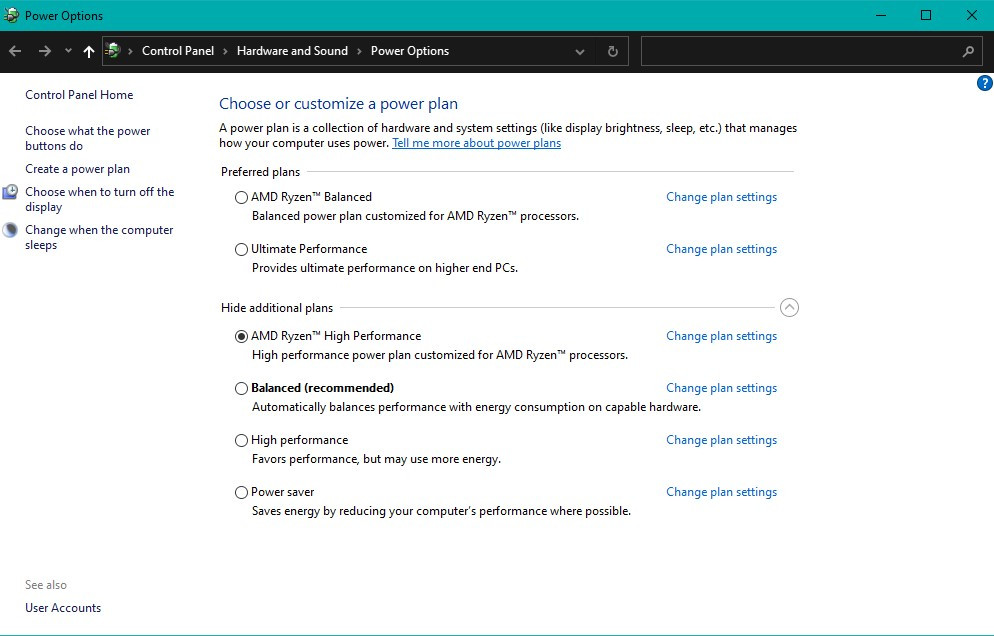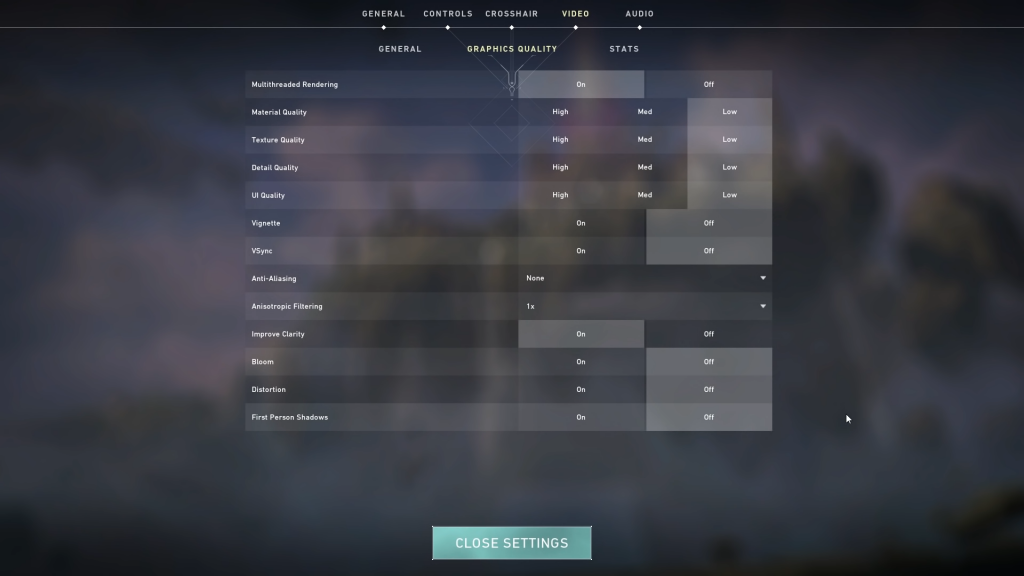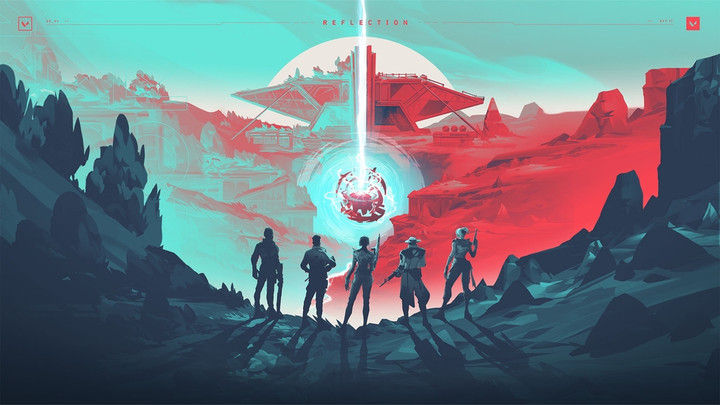Valorant is a tactical FPS game, and gamers worldwide are enjoying the game; it doesn’t require high specifications to run on a PC. If you play Valorant, there might be a part of you who always wants more FPS to have a smoother experience or clutch an intense round. The FPS you get in-game depends upon your hardware; the better the CPU and GPU, the better the performance you receive. However, you can still make a few changes in your PC to squeeze a bit more performance to get better FPS in Valorant.
This includes tweaking a few in-game settings along with a few system-wide, too, that we have listed below to get the maximum performance out of your PC. As mentioned earlier, every PC has different specifications, and some of the setting tips we mentioned might not be available on your system.
Optimizing Windows Settings

Prioritise Valorant in Resource Management
-
Start the Valorant Client on your PC.
-
Open Task Manager by clicking on the Task Bar and select Task Manager.
-
Now go to Details in Task Manager and find Valorant on the Details Tab.
-
Then right-click on Valorant and set Priority to Above Normal.
Close Unneeded/Startup Apps
When you start your PC, there are tons of apps that start with the boot-up. While most of them are useful, however, there are few applications that you might restrict from starting up to free up some RAM like:
-
Steam
-
Spotify
-
Discord
You can do this by going to the search bar and typing ‘Startup Apps’ and then turning off all the Startup Apps that you feel are unnecessary. You can also disable some background apps that keep running while doing other tasks on the PC, like playing Valorant. You can close these apps by searching ‘Background Apps’ in the search bar and disable all the unnecessary apps that will help save a lot of system memory.
Power Settings

This setting might be one of the reasons why your system is not performing at its highest potential. Most of the PCs are adjusted to perform as efficiently as possible to save power which degrades the performance of CPU and GPU. However, the good news is that you can change the settings of your PC to avoid this situation by following the steps below:
-
Search ‘Power Settings’ in the search bar, and you will find ‘Additional Power Settings’ on the right side of the menu, open the settings.
-
You will find by default; your PC should be in ‘Balanced’ mode; change it into ‘High Performance’.
This will allow your system to run at its full potential and deliver maximum performance.
Xbox Game Bar and Game Mode
Xbox Game Bar and Game Mode are two apps that are enabled by default on every PC. While most players like to keep the Game Bar disabled and Game Mode enabled, some like to keep both of these turned off.
Xbox Game Bar is a type of overlay in the game that might use some memory that can decrease the FPS a bit. So it’s better to turn it off by typing ‘Xbox Game Bar’ in the search option and turning it off from the app.
On the other hand, Game Mode optimizes the game, although it might not work for everyone. Thus, we suggest you try out both the settings to see if it’s helping in getting more FPS in Valorant.
Graphics Settings
Optimising the graphics settings according to your PC will help in boosting Valorant’s FPS a lot. There are a few common graphics settings that you can apply on your PC, whether you have an Nvidia or AMD graphics card.
-
Download the latest graphics driver.
-
Search ‘Graphics Settings’ in the search bar and turn on Hardware-accelerated GPU scheduling.
-
Browse ‘Valorant’ in the Graphics Performance Preference and set it to High Performance.
In-Game Settings

Tweaking the in-game settings depends on personal preference as well as the hardware of the system, although there are few settings that you might need to change to get a better FPS.
-
Don’t cap your FPS, and turn on Nvidia Reflex Low Latency to ‘On+Boost’; if you don’t see the option then, better to lock your FPS to your monitor refresh rate.
-
Turn Show Mature Content and Show Corpses Off, this stops the game from rendering extra models which can use resources; turning off helps to stop those rendering.
-
Resolution should be the same as your monitor refresh rate, although the resolution of the game depends on personal preference as some might be used to old FPS games; we suggest keeping it at the highest 1920x1080 (16:9).
-
Keep all the Graphics Quality to Low and keep Multi-Threaded Rendering on if this option is available.
-
Turn Off Vignette and VSync. Although VSync depends on the screen quality of your monitor, if you have an old monitor, then it's better to keep it On.
-
Anti-Aliasing - None
-
Anisotropic Filtering - 1x
-
All the other settings should be turned off.
These settings should help you to deliver maximum performance and FPS, although it might be hinder your quality a bit; if you can sacrifice that for better FPS, do it, or else you can change some in-game settings to make it look better, although the Windows Optimisation and Graphics Settings will help to get maximum FPS.

 No ads, our video library,
No ads, our video library,

